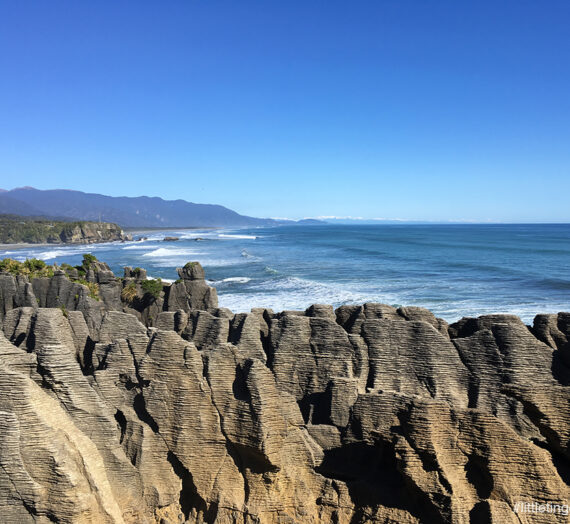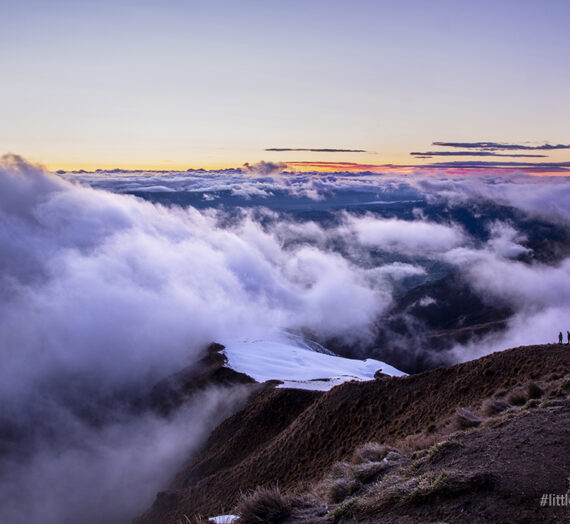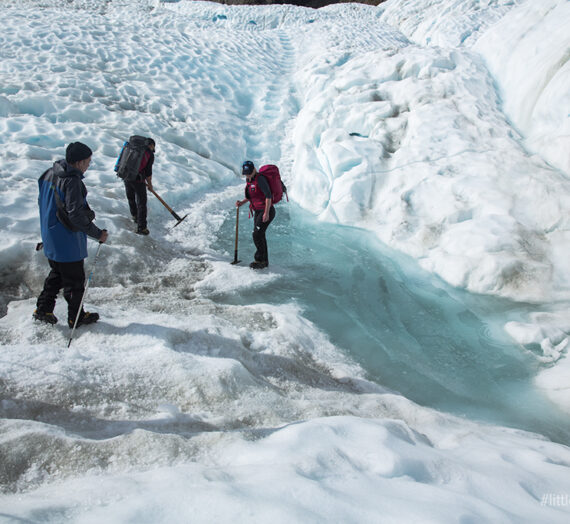Also known as fairy penguins, little penguins, and little blue penguins, this species is the smallest of all penguins. Blue penguins are approximately 30cm tall, weigh around 1kg as an adult, and live to about 8-10 years old.

You can find this cute little blue penguin at southern Australia, coastal mainland and islands of New Zealand. Blue penguins’ largest colonies are in Oamaru, Chatham Island, and Banks Peninsula in New Zealand, as well as Phillip Island in Australia and along the coast of Tasmania.

Knowing that wild and FOC blue penguins can be seen throughout the year (even during day time) at St. Kilda pier, spotting this cute little penguin has become one of my main itineraries while visiting Melbourne.

I’ve seen blue penguins at dusk in New Zealand, hence spotting them during day time at St Kilda pier was my main purpose. After arriving at St Kilda pier, I searched through the rocks. Yes, you need to look for them as they will be hiding and staying under the rocks.

I’m lucky to see the blue penguin moulting. Old feather falls out and one grows. Blue penguin moults for 2-3 weeks. During this time they cannot swim.

Some tips you might want to know:-
1. They go out early in the morning and come back home after sunset. Hence, the best time to spot them is before dawn and during and after dust.
2. Blue penguins are often noisy, you can hear their loud screams after they come ashore at night.
3. Spotlight and flashlight are not allowed as they are sensitive to white light.
4. Stay at least 3 meters away to allow them to move freely.

Do you know?
Blue penguins can be found on land from June through March. During this time they lay their eggs, attend to their young, and moult. During April and May, they spend large amounts of time at sea feeding in preparation for the next nesting season.
December to March – Moulting season – Visibility: Medium
April to June – Feeding Up – Visibility: Low
July to October – Egg Laying & Breeding – Visibility: High
September to December – Raising Young – Visibility: High
Rating
Experience ★★★★★


